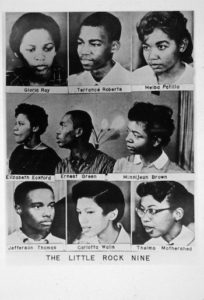
On this date in 1992, the United States Supreme Court ruled on the United States v. Fordice.
In this case, the Supreme Court held that states with officially sanctioned segregated higher education systems must do more than employ race-neutral access. They must permit students' freedom of choice to fulfill their duty to dismantle their dual system under the Equal Protection Clause. This decision raised questions regarding the existence and future of Historically Black Colleges and Universities (HBCUs).
Many believed it could threaten the continuation of HBCUs, which give unique and valuable opportunities for students to develop their educational and personal potential. There was growing support for preserving that role in Historically Black Colleges and Universities.
HBCUs have traditionally awarded a large percentage of the education degrees earned by Blacks throughout the United States and continue to do so, awarding 37 percent in 1990. As of 1994, the leading producers of Bachelor of Science degrees to Blacks have been Southern University at Baton Rouge, North Carolina A&T State University, Howard University, Prairie View A&M University, Tuskegee University, and Grambling State University.
Although not advocating assimilation, author Serbrenia J. Sims mentioned: "The continued existence of African American state-supported colleges and universities poses a serious dilemma for advocates of a color-blind, racially integrated society." Because these institutions are open to all, however, she concludes that the continued existence of HBCUs does not threaten racial equality.”
She urged more energetic recruitment of white students and faculty, concluding that HBCUs, like religious colleges and women's colleges, provide a choice for students seeking environments "that are consistent with their personal values and experiences."
Historic U.S. Cases 1690-1993:
An Encyclopedia New York
Copyright 1992 Garland Publishing, New York
ISBN 0-8240-4430-4